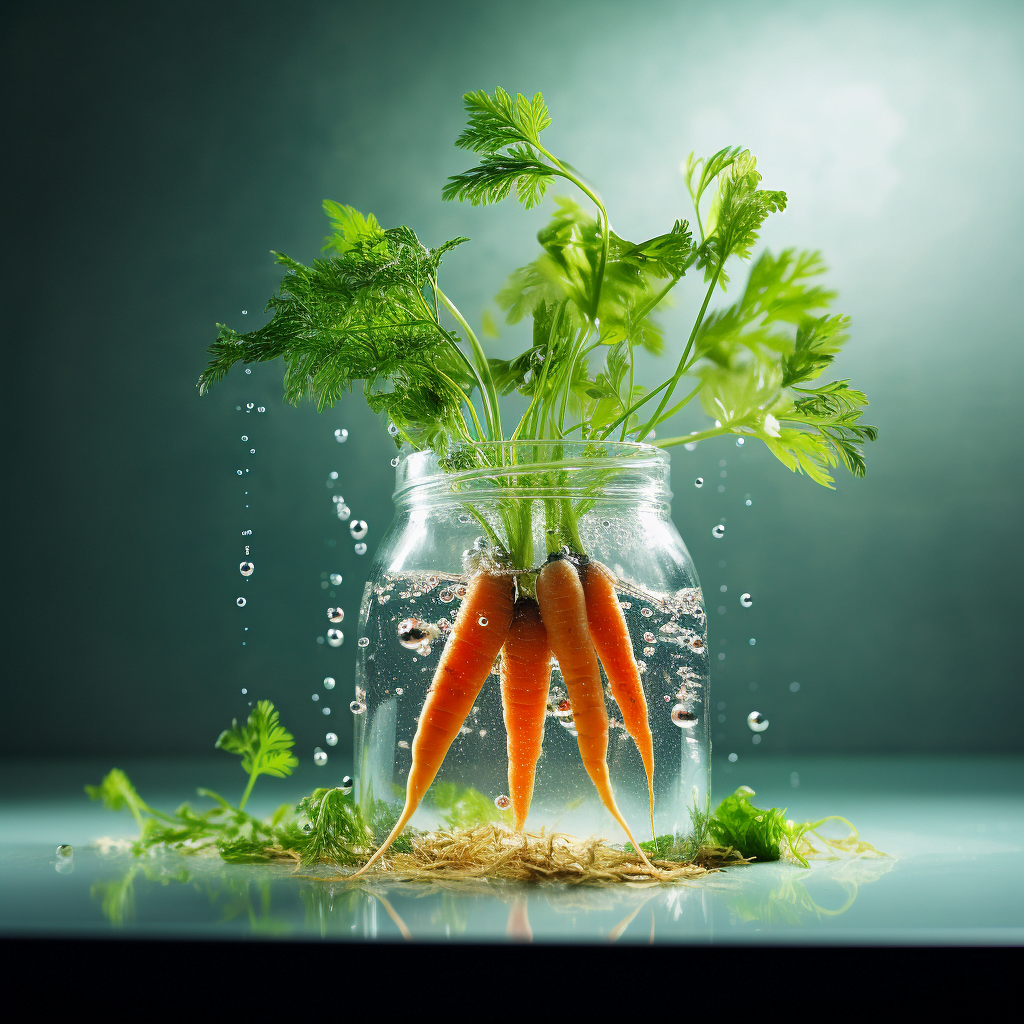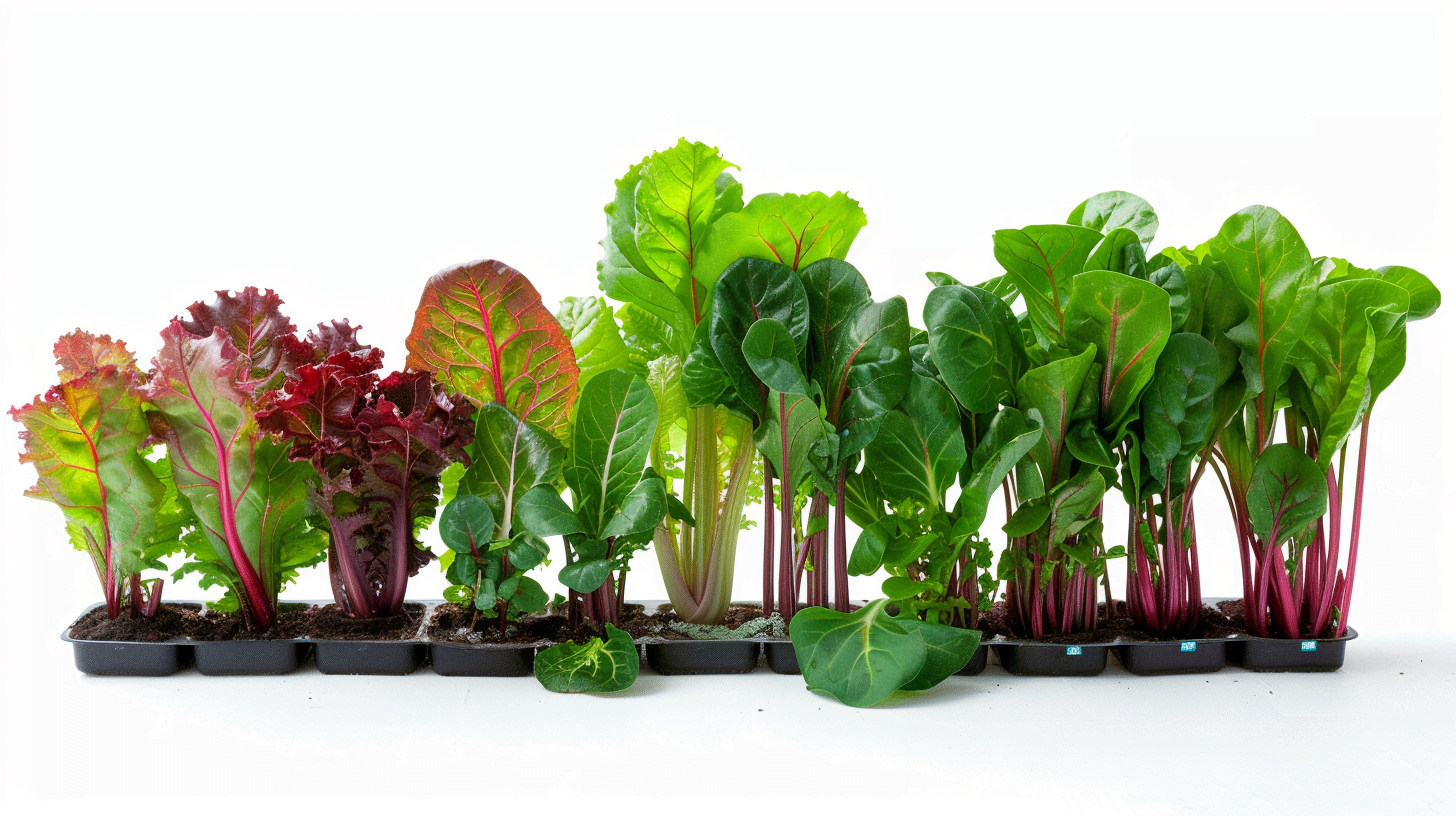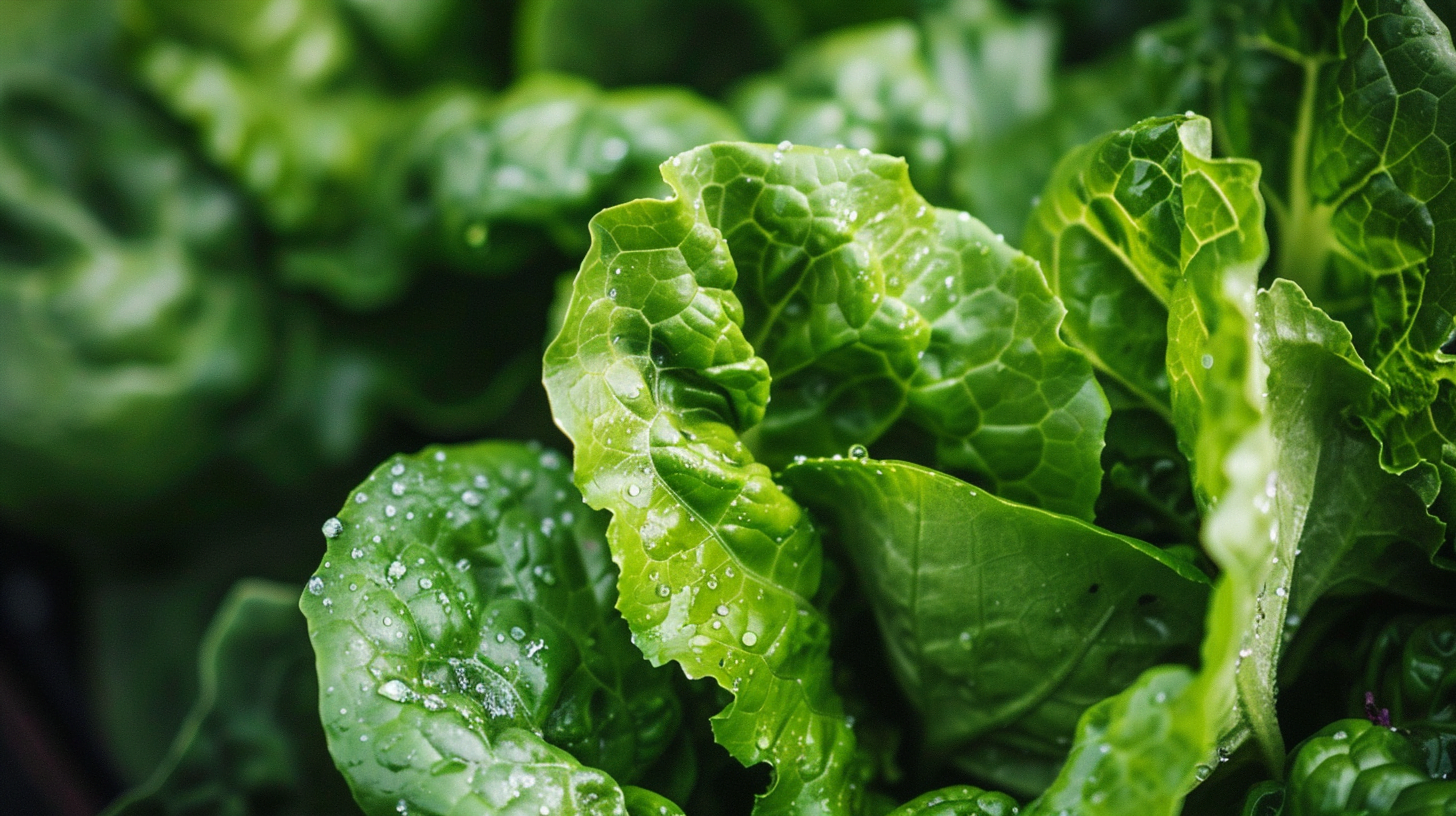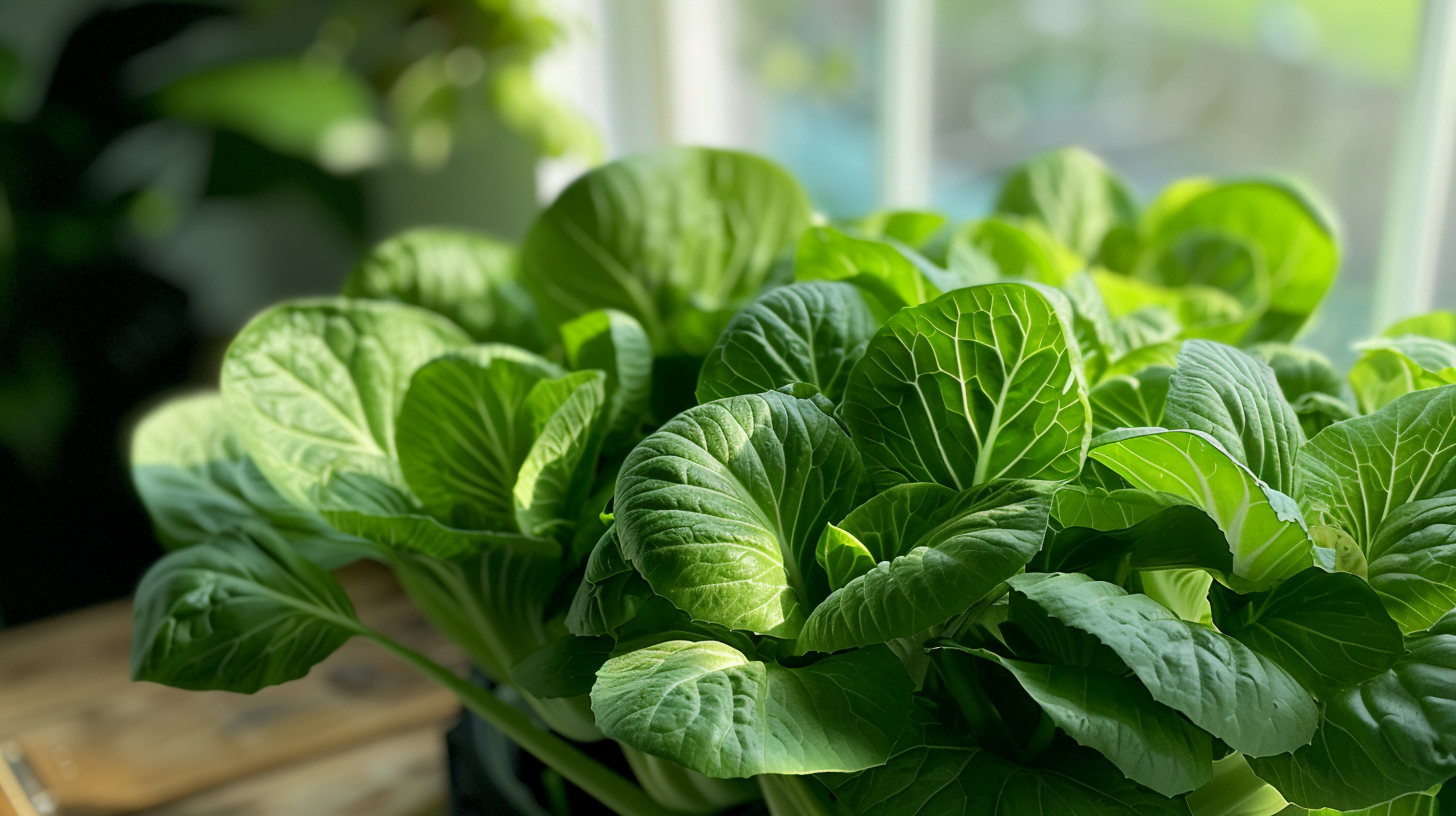Introduction
Hydroponic gardening involves growing plants without soil by using mineral nutrient solutions in water. This method provides greater control over plant growth and can lead to higher yields. But Can I Grow Carrots Hydroponically? In fact… One vegetable that can be grown hydroponically is the carrot. While not the easiest crop for hydroponics, carrots can be productive and tasty when properly cared for in a soilless system. This comprehensive guide will provide detailed information on successfully growing carrots hydroponically, from understanding the benefits and challenges to system setup, nutrition, troubleshooting, and harvest.
Benefits of Growing Carrots Hydroponically
Hydroponically grown carrots offer several advantages over soil-grown varieties:
- Faster growth rate: With precisely controlled nutrient levels, hydroponic carrots grow up to 30% faster than in soil. Their faster maturity allows for multiple crop cycles per year compared to a single harvest with soil carrots. More efficient absorption of nutrients accelerates growth.
- Higher yields: Hydroponics systems can produce carrot root yields 2-3 times greater than traditional gardening per square foot. The highly optimized hydroponic environment leads to better plant health and thus higher productivity.
- Avoids soil-borne diseases and pests: Growing carrots in inert media like rockwool or coconut coir eliminates problems with soil-dwelling pathogens like nematodes or fungi which can rot roots. Pest pressure is also significantly reduced without soil, decreasing insect and slug/snail damage.
- Precise control over nutrients: Careful monitoring and adjustment of hydroponic nutrients ensures carrots get exactly the right formula and concentration of nutrients they need for optimal health and growth. Deficiencies can be quickly corrected.
- Works well in space-limited areas: Hydroponics requires less square footage than soil gardening, making it great for small backyards, patios, rooftops, or balconies. Vertical hydroponic systems further maximize the use of three-dimensional space for increased yields without expanding footprint.
- Lower labor requirements: Hydroponics systems often require less physical labor than managing conventional soil plots. There is no digging, weeding, or heavy soil amendment required. Automated systems can further reduce work.
- Reduced water usage: Hydroponics uses up to 90% less water than soil farming because recirculating systems deliver direct moisture to plant roots without evaporation, runoff or excess. Lower water costs are a bonus.
- Lower risk of carrot cracks: Perfectly dialed-in moisture levels minimize the over-dryness that leads to undesirable cracks in hydroponic carrots. Cracks invite decay organisms, so reduced cracking improves storage life.
Challenges of Hydroponic Carrot Growth
While hydroponics offers many benefits for carrots, there are some unique challenges to consider:
- Careful nutrient management: Maintaining proper pH and dialing-in nutrient concentrations takes diligence and close monitoring compared to soil fertility which is more forgiving. Any imbalances can quickly create deficiencies or toxicities.
- Stable water temperature: Fluctuations in water temperature of more than 5-10 degrees can stress carrot root development. Consistent temps around 65°F are ideal. Stability can be difficult without a heating/cooling system.
- Tip burn potential: Insufficient calcium delivered to leaves can make carrot foliage wilt and leaf tips brown. This commonly results from low calcium in water sources. Supplementing or using reverse osmosis or distilled water prevents tip burn.
- Specialized systems: Wider, deeper containers are needed to accommodate long tapered carrot roots versus shallow systems for leafy greens. Proper aeration is also critical to provide oxygen to submerged roots. Standard hydro systems won’t work.
- Lighting challenges: Carrots need many hours of moderately bright light to reach full growth potential and color properly. Low light brings pale, stunted roots. Optimizing artificial lighting takes precision.
- Must thinning seedlings: When planted too densely, crowded carrots will choke each other out as they size up. This requires diligently thinning to proper spacing while plants are small.
- Greater pest susceptibility: Without soil, carrot roots and foliage can be more exposed to pests like aphids, caterpillars, and fungus gnats. Close monitoring and integrated pest management is key.
- Higher startup costs: Purchasing specialty hydroponic systems, lighting, pumps, and nutrients has a higher upfront price tag versus basic soil gardening. Return on investment arrives over time.
Setting Up a Hydroponic System for Carrots
Several types of hydroponic systems can successfully grow full-sized carrots:
Nutrient Film Technique (NFT)
This common hydroponic method circulates a very shallow stream of water containing all essential nutrients down growing channels, exposing roots dangling below to constant nourishment. NFT systems offer excellent aeration of roots but require precise control of flow rate, channel slope and nutrients to avoid problems.
Deep Water Culture (DWC)
Also known as the reservoir method, DWC systems suspend carrots in lidded buckets, tubs or tanks of oxygenated nutrient solution. Airstones connected to air pumps provide necessary oxygenation of the solution. Media like clay pellets helps support roots while allowing full water/nutrient contact.
Flood and Drain
In these systems, a timer periodically floods the grow tray with nutrient solution, soaking roots, then drains the solution back into a reservoir. Inert media like grow rocks or expanded clay provides moisture retention between floods. Excellent for carrots.
Aeroponics
One of the most high-tech options, aeroponics systems mist exposed roots suspended in air with a nutrient solution spray. Minimal growing media is used. While productive, aeroponics requires complex equipment with little margin for error.
Vertical Towers
Tower designs allow stacking hydroponic units vertically to maximize space. Often pipes or channels carry nutrient solution to each level. Towers can work with various hydro techniques like NFT, DWC or drip irrigation. Big yield potential.
No matter the specific hydro system, using wide, deep containers at least 12 inches deep allows unimpeded carrot root development. Grow media options include perlite, vermiculite, rockwool, coconut coir, or clay pellets. Excellent aeration through air pumps and stones is essential for all systems.
Lighting is another key consideration. LED grow lights are ideal for providing the bright, full spectrum light carrots crave. For indoor growing, plants need 14-16 hours under lights per day. Outdoors, a minimum of 6 hours direct sunlight is recommended or supplemental lighting may be needed.
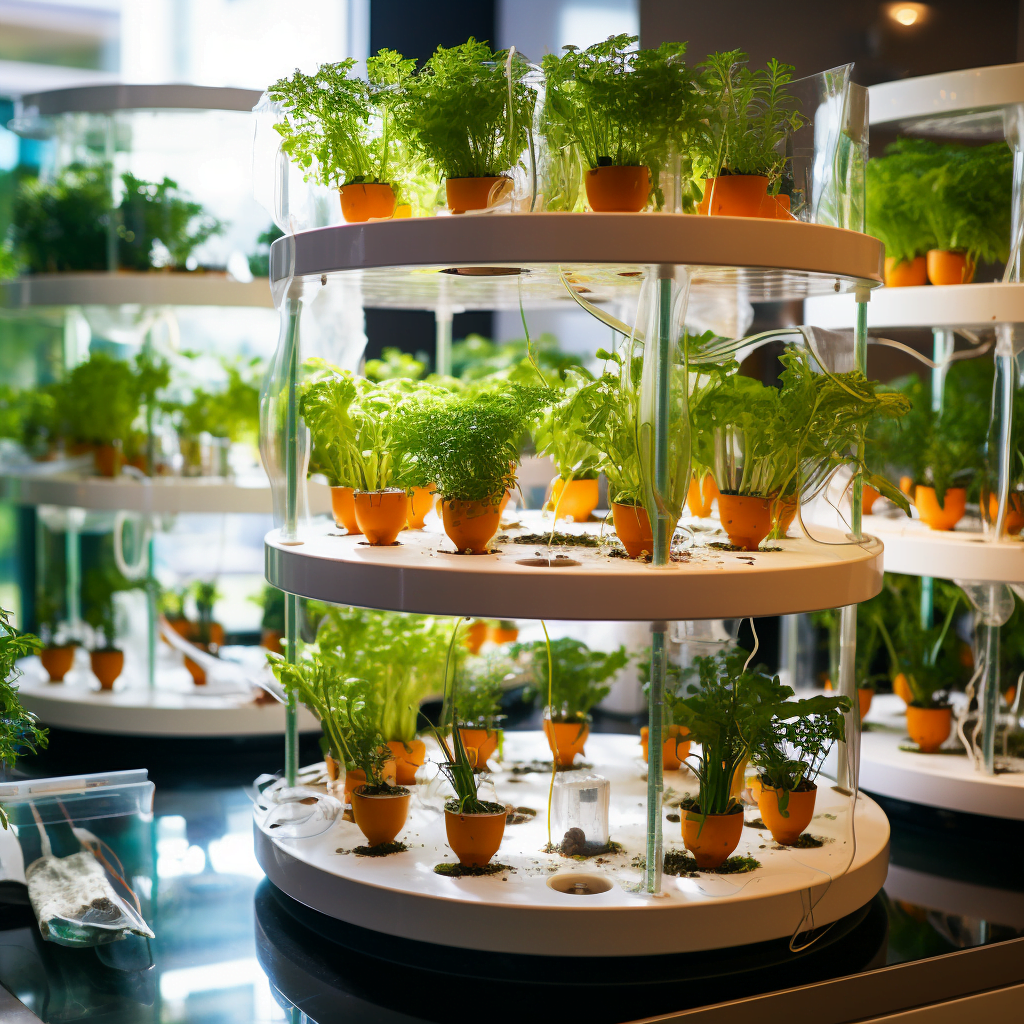
Nutrients for Hydroponic Carrots
To grow full sized with optimal color and flavor, carrots need constant access to the following nutrients in balanced concentrations:
Macronutrients
- Nitrogen – For leafy foliage growth
- Phosphorus – Root and shoot development
- Potassium – Fruiting and root quality
- Calcium – Cell wall structure and preventing tip burn
- Magnesium – Enzyme reactions and metabolism
- Sulfur – Essential for vitamin synthesis
Micronutrients
- Iron – Chlorophyll production
- Manganese – Enzyme activation
- Boron – Calcium absorption and cell walls
- Zinc – Promotes growth hormones
- Copper – Photosynthesis
- Molybdenum – Nitrogen metabolism
These nutrients must be available in a dissolved, soluble form for roots to take them up through the water. Maintaining a pH between 5.8-6.2 is ideal for carrot nutrient availability and uptake.
Calcium is especially important for preventing leaf tip burn, so calcium-rich supplements like gypsum or calcium nitrate are recommended. Using reverse osmosis or distilled water also provides pure, mineral-free water to prevent deficiencies.
A specialized hydroponic carrot nutrient formula will provide the proper nitrogen-phosphorus-potassium ratios along with necessary secondary nutrients instead of a general purpose or lettuce formula.
Planting, Germinating, and Caring for Carrots
Here are some step-by-step tips for planting carrots in a hydroponic system:
Seed Planting
Carrot seeds are tiny! Use tweezers to carefully place them.
- Soak seeds in room temperature clean water for 30 minutes before planting. This initiates germination.
- Sow seeds closely together on the surface of rockwool cubes or directly into your chosen hydroponic grow medium. This allows thinning later.
- Press seeds gently into media surface. Do not bury too deep.
Germination
- Keep seeds dark for germination by covering trays or containers with a humidity dome or light-blocking cover.
- Maintain media moisture, but avoid over-saturation.
- Ideal germination temperature is 70-80°F.
- Expect sprouts in 7-15 days if conditions are right.
Seedling Care
- Once sprouted, remove any light-blocking covers so seedlings can thrive under lights.
- Thin overcrowded seedlings to proper spacing once plants reach 2-3 inches tall. Final spacing depends on variety but 4 inches apart is common.
- Check nutrient solution levels daily. Top off reservoirs as needed to maintain consistent moisture and nutrients.
- Monitor pH and nutrient concentrations. Make adjustments to correct any imbalances.
- Maintain ideal temperature range of 60-70°F. Colder slows growth, hotter encourages bolting.
- Avoid overcrowding as plants mature. Give adequate space between plants for nutrients and air circulation.
- Trellis taller varieties if needed to prevent toppling over.
Harvest Time
- Carrots reach full size maturity typically in 2-3 months after germinating.
- Test sizing by attempting to pull a few carrots. They will release from soilless media when ready.
- Use scissors to cut greens from root rather than pulling if harvesting one plant at a time.
- With good conditions, hydroponic carrots can be harvested year-round!
- Cut off greens leaving about 1-2 inches of stems on roots for storage.
- Rinse just before eating, no need to wash after harvest.
- Enjoy fresh carrots or store properly in refrigerator to maximize shelf life.
Troubleshooting Common Hydroponic Carrot Problems
Even with the best care, issues can arise while growing carrots hydroponically. Here are some common problems and how to address them:
Leggy, Weak Plants
Cause – Insufficient light intensity
Solution – Use grow lights and reduce distance to seedlings to increase brightness. Carrots need ample light.
Leaf Tip Burn
Cause – Low calcium
Solution – Add calcium supplements or use RO water. Ensure adequate, stable calcium levels.
Nutrient Deficiencies
Cause – Improper pH or lack of nutrients
Solution – Test and adjust pH to 5.8-6.2 range. Add more of lacking nutrients based on visual deficiency.
Twisted, Forked, or Stubby Roots
Cause – Temperature fluctuations or overcrowding
Solution – Maintain stable cool temps and proper spacing between plants.
Root Rot
Cause – Pathogens like Pythium, overwatering
Solution – Sterilize system, use fungicides, improve drainage and air circulation.
Pests Issues
Cause – Aphids, caterpillars, fungus gnats
Solution – Monitor for pests. Remove manually or use organic sprays like insecticidal soap, neem oil or Bt for caterpillars. Cover unused grow media.
Maximizing Flavor and Quality
Growing top-quality hydroponic carrots with optimal texture, color, and flavor requires paying attention to these parameters:
- Seed Variety – Choose improved varieties specific for hydroponics. Nantes, Nelson, or Dragon types recommended.
- Lighting – Ensure bright light through entire growth for best color and sugars. Supplement natural light as needed.
- Temperatures – Maintain consistent cool temps around 60-70°F for good quality. Higher temps reduce sugars.
- Maturity – Harvest at proper full maturity for each variety. Mature roots have better flavor.
- Balanced Nutrition – Avoid deficiencies and excesses for smooth, flavorful roots. Test and monitor.
- Proper pH – Correct pH ensures carotene pigment development and nutrient availability for taste.
- Harvest Care – Handle carefully to avoid splits, bruises and damage affecting texture. Cure properly.
With attention to all these considerations, you can enjoy carrot flavor and quality exceeding typical store-bought carrots.
Conclusion
Growing nutrient-dense, sweet, crisp carrots without soil is certainly achievable with hydroponic techniques. Following this guide’s recommendations for system setup, seeding, nutrition, lighting, pest prevention, and environmental management sets you up for success growing carrots hydroponically.
While hydroponic carrot production comes with some unique challenges, the benefits of higher yields, faster growth, reduced pests, and more can outweigh the extra effort required. With some patience and tweaking, you can enjoy healthy, homegrown hydroponic carrots year-round!
